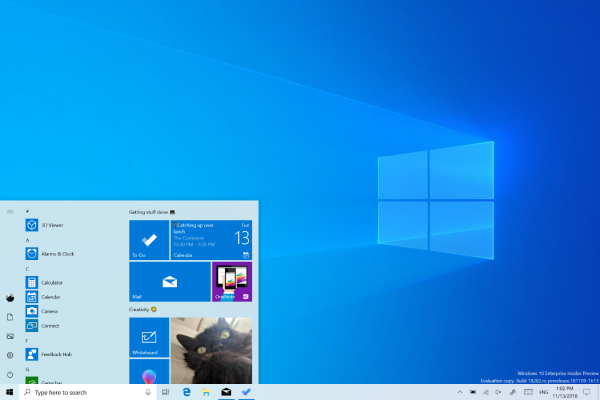Illuminating Interfaces: A Comprehensive Guide on How to Enable Light Mode in Windows 10

Introduction:
Windows 10, the flagship operating system developed by Microsoft, offers users a multitude of customization options to tailor their digital experience. Among these options is the ability to enable Light Mode, transforming the traditional dark interface into a brighter, more illuminated aesthetic. In this extensive guide, we will explore the intricacies of enabling Light Mode in Windows 10, providing users with a step-by-step walkthrough and insights into the benefits of embracing this visually refreshing and often preferred system theme.
Understanding the Allure of Light Mode:
Light Mode has become increasingly popular among users for its clean, modern, and visually appealing characteristics. Some of the key reasons users opt for Light Mode in Windows 10 include:
- Enhanced Visibility:
- Light Mode provides increased visibility and contrast, making it easier to read text and discern details, especially in well-lit environments.
- Classic and Timeless Aesthetic:
- The bright and clean interface of Light Mode offers a classic and timeless look that some users find aesthetically pleasing and reminiscent of traditional computing environments.
- Reduced Eye Strain in Well-Lit Environments:
- In brightly lit spaces, Light Mode can help reduce eye strain by providing a well-illuminated interface that doesn’t compete with external lighting.
- Consistency with Productivity Applications:
- Some users prefer Light Mode for consistency with productivity applications or find that certain applications are optimized for a brighter interface.
Methods to Enable Light Mode in Windows 10:
Enabling Light Mode in Windows 10 is a straightforward process, offering users flexibility in customizing their desktop environment. The following methods outline how to activate Light Mode seamlessly:
Method 1: Using System Settings
- Open Settings:
- Press “Windows key + I” to open the Settings app.
- Navigate to Personalization:
- In the Settings app, select “Personalization.”
- Choose Colors:
- In the left sidebar, click on “Colors.”
- Select Light under “Choose your color”:
- Under the “Choose your color” section, choose the option “Light” to enable Light Mode.
- Customize Accent Colors (Optional):
- If desired, customize accent colors to further personalize the appearance of Light Mode.
- Verify the Changes:
- Exit the Settings app and observe the changes applied to the entire Windows 10 interface.
Method 2: Using the Taskbar Context Menu
- Right-Click on the Desktop:
- Right-click on your desktop to open the context menu.
- Choose Personalize:
- Select “Personalize” from the context menu to open the Settings app.
- Navigate to Colors:
- Follow steps 3 to 6 from Method 1 to enable Light Mode.
Method 3: Using the Action Center
- Open the Action Center:
- Click on the Action Center icon in the taskbar (located near the system clock) or use the shortcut “Windows key + A.”
- Select the Light Mode Toggle:
- Locate the “Light mode” toggle in the Quick Actions section and click on it to enable Light Mode.
Considerations and Additional Tips:
- App Compatibility:
- While most built-in Windows apps seamlessly adapt to Light Mode, some third-party applications may require manual adjustments or may not fully support the theme.
- Browser Extensions:
- Popular web browsers like Google Chrome and Mozilla Firefox offer Light Mode extensions that can extend the brightened theme to web pages.
- Taskbar and Start Menu:
- Light Mode not only affects system windows but also the taskbar, Start menu, and other system elements, creating a cohesive visual experience.
- Scheduled Light Mode:
- In Windows 10, users can schedule Light Mode to activate automatically during specific times of the day, ensuring a seamless transition between light and dark themes.
- High Contrast Mode:
- For users with visual impairments or specific preferences, Windows 10 offers High Contrast Mode, an alternative to Light Mode that provides increased contrast for better readability.
- Community Forums and Discussions:
- Engage with Windows 10 community forums and discussions to share experiences, discover additional customization tips, and troubleshoot any issues related to Light Mode.
Conclusion:
Enabling Light Mode in Windows 10 is a simple yet impactful customization that refreshes the interface with a clean and well-illuminated aesthetic. By following the comprehensive methods outlined in this guide, users can effortlessly transform the default dark theme into a brighter, more visually appealing alternative that aligns with their preferences. Embrace the versatility of Windows 10, optimize your desktop for increased visibility, and immerse yourself in a visually refreshing environment. Windows 10 is not just an operating system—it’s a canvas for personal expression and customization, and Light Mode offers a popular choice for users seeking a modern and bright desktop experience.




